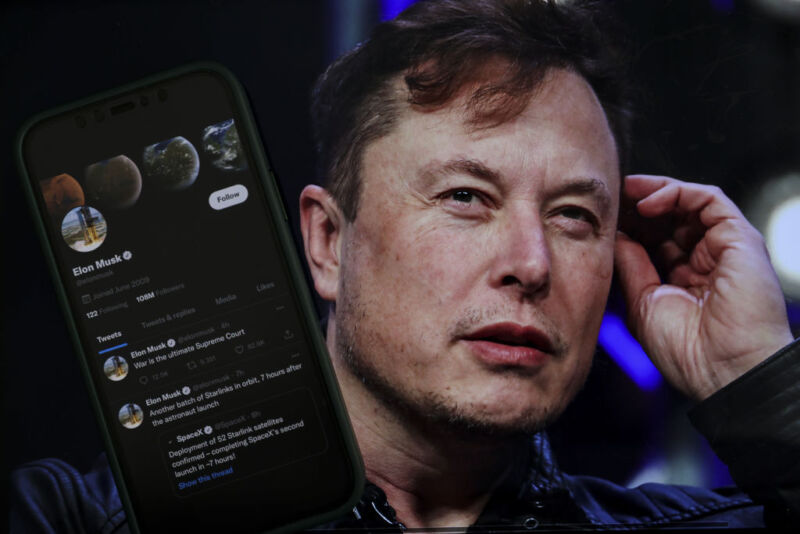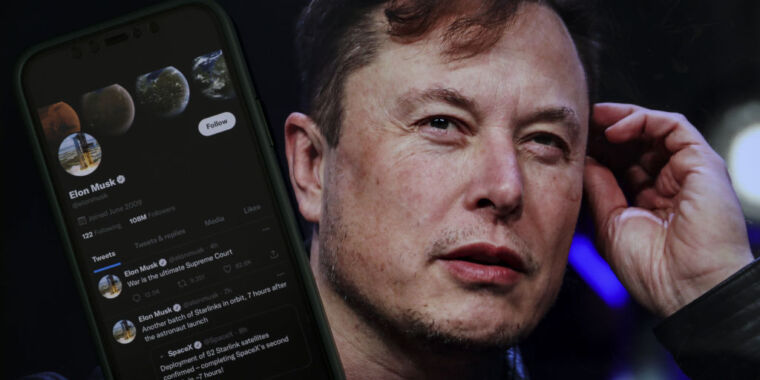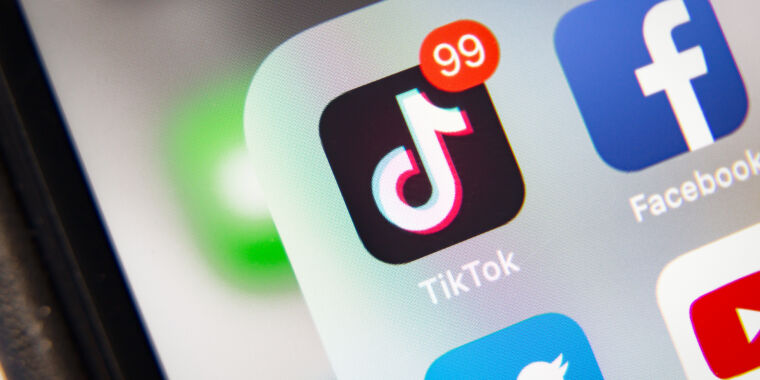
Ever since The Verge reported that Twitter shut down its communications office, it’s been harder to confirm information about the company, which seems to be the way that CEO Elon Musk likes it. However, increasingly, Twitter trust and safety chief Ella Irwin seems more willing to confirm or deny rumors to media outlets, a move that’s possibly irking Musk. Over the holiday weekend, Musk tweeted to directly contradict a statement Irwin provided to Reuters, causing even more confusion over what’s going on at Twitter—and whether there’s tension brewing between Musk and Irwin.
The timeline of the contradictory statements went like this: On Friday, Dec. 23, Reuters reported that Twitter had seemingly removed the social media platform’s #ThereIsHelp feature, which was designed to share suicide-prevention resources alongside certain content.
Shortly after Reuters’ report went live, Irwin emailed Reuters to confirm that the feature was “temporarily removed.” She said that it would be brought back this week, once Twitter finished “fixing and revamping our prompts.”
“We know they are useful, and our intent was not to have them down permanently,” Irwin told Reuters.
The very next day, at 6:27 a.m. on Christmas Eve, Musk tweeted to contradict Irwin’s statement, saying that Reuters’ report was false and the feature was never removed. In another tweet soon after, Musk declared Reuters’ report “fake news,” while reminding Twitter users that “Twitter doesn’t prevent suicide.”
Approximately 12 hours later, Reuters confirmed that the feature was restored, continuing to contradict Musk’s statement that the feature was never removed. That second report credited “two people familiar with the matter” as saying that the #ThereIsHelp feature had been down for two days and claiming that the takedown order had come from Musk.
As of this writing, it’s still unclear which Twitter executive is telling the truth. A tweet linking to the initial Reuters report currently displays a community note sharing Musk’s statement clarifying that the report is false, suggesting enough users rated Musk’s statement above Irwin’s. Musk did not respond to tweets from both legacy blue checks and Twitter Blue verified blue checks, asking if he was calling Irwin a “liar” or if he planned to fire Irwin.
Twitter did not respond to Ars’ request to clarify. Perhaps due to the holidays, Irwin has gone silent on Twitter; her last tweet was sent on Dec. 20.
“Direction of Ella”
According to her LinkedIn profile, Irwin joined Twitter’s trust and safety team last June, after working in similar roles at Google, Amazon, and Twilio. She rose to the top trust and safety post after Yoel Roth exited Twitter shortly after Musk took over.
Many Twitter users became familiar with Irwin after her handle appeared as a watermark during Musk’s release of “The Twitter Files,” indicating that she was the one feeding journalists internal files from Twitter.
A few days later, when Twitter began suspending journalists, the Washington Post reported that internally, the suspensions were marked as ordered not by Musk, but by “direction of Ella.”
It’s possible that after a few media cycles scrutinizing Twitter safety features, Irwin’s interest grew in setting the record straight, and she will likely only continue to be scrutinized for any trust and safety policy changes as long as she remains at Twitter. But with the communications department seemingly nonexistent—and after Musk’s rush to contradict one of the few official statements provided by a Twitter exec to media since his takeover—it seems unlikely that Irwin will clarify anytime soon whether she made “false” statements about Twitter removing the suicide prevention feature.
While Irwin dealt with some backlash from users who have defended Musk as a proven truth teller, Musk was busy introducing another new Twitter feature that has become controversial. On Dec. 22, Twitter added Views to the other metrics publicly displayed on tweets. These view counts now appear alongside likes, comments, and retweets.
Over the next couple days, however, many users had criticized the new feature. Some suggested that it went against research on platforms like Facebook and Instagram and could negatively impact mental health of Twitter users. But perhaps millions more hated the feature simply because of how janky the views display looked jammed next to retweets and likes. By Dec. 24, Musk announced that soon Twitter users would be able to toggle the feature off.
“I think almost everyone will grow to like it,” Musk tweeted, almost like it was his Christmas wish to introduce a universally popular Twitter feature and blissfully break free from all the backlash he’s faced since stepping up as Chief Twit.








